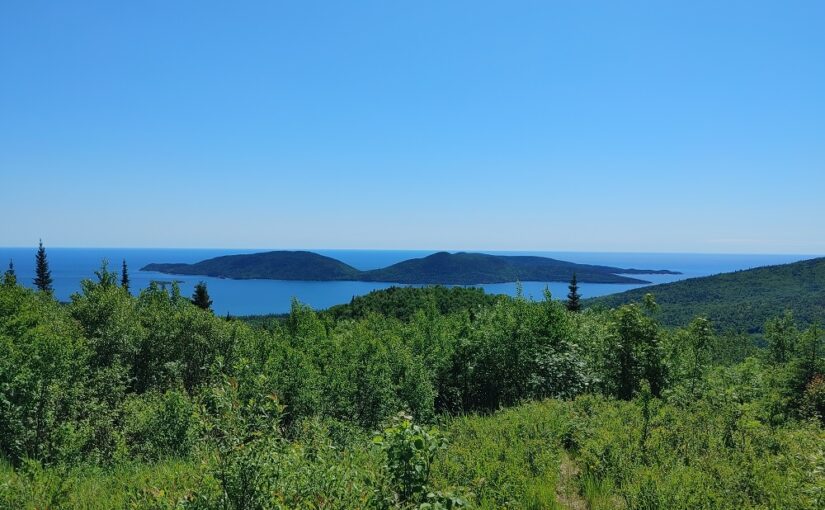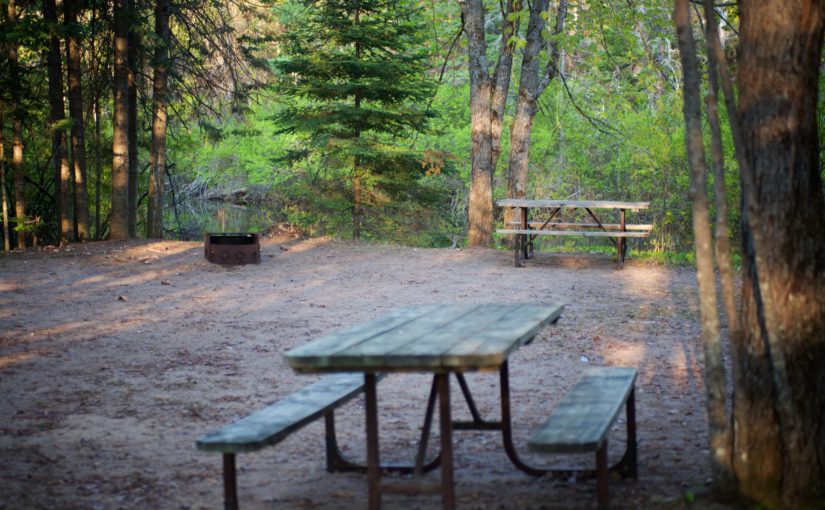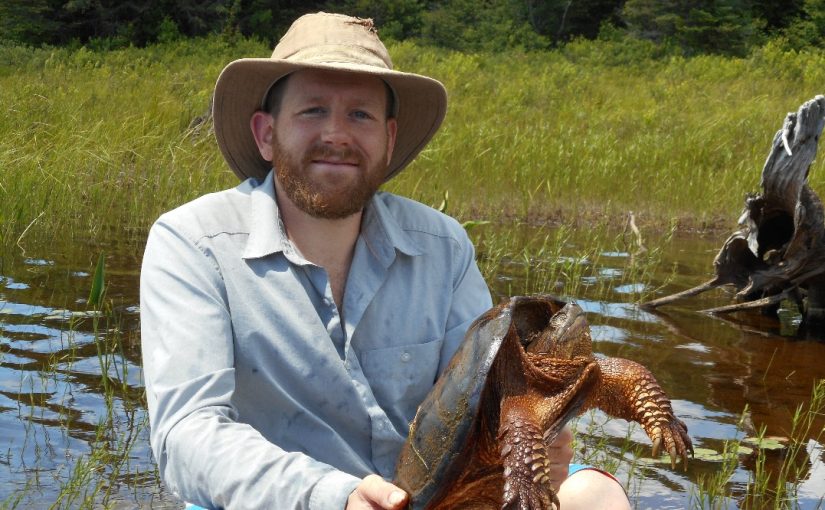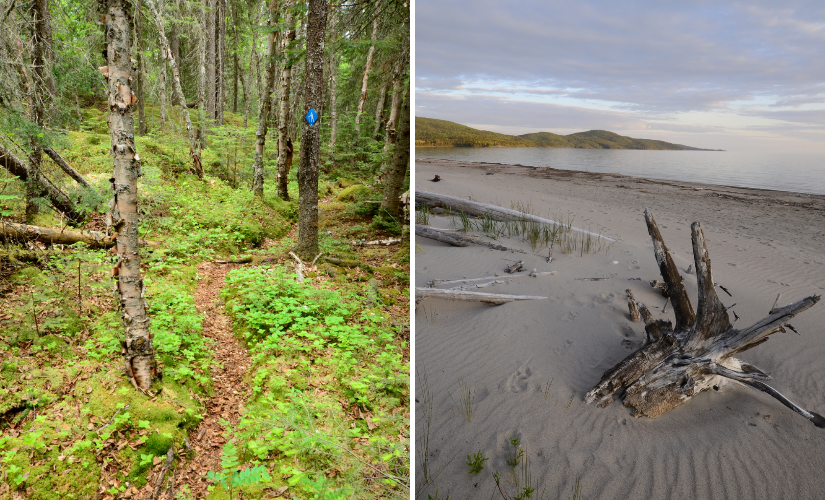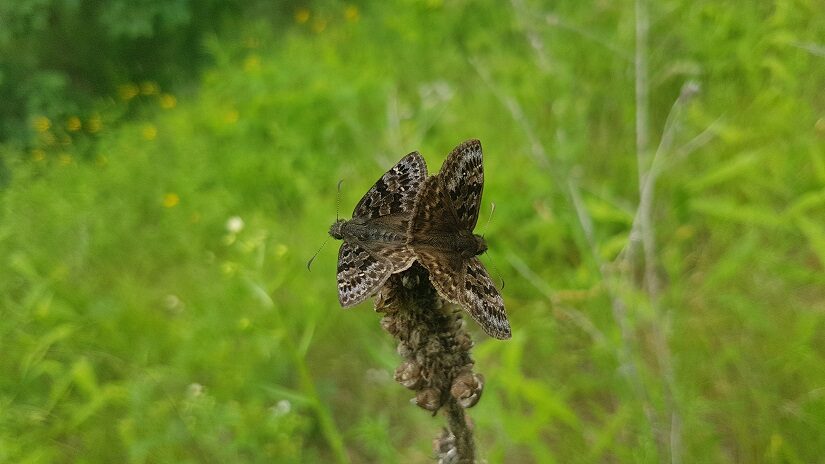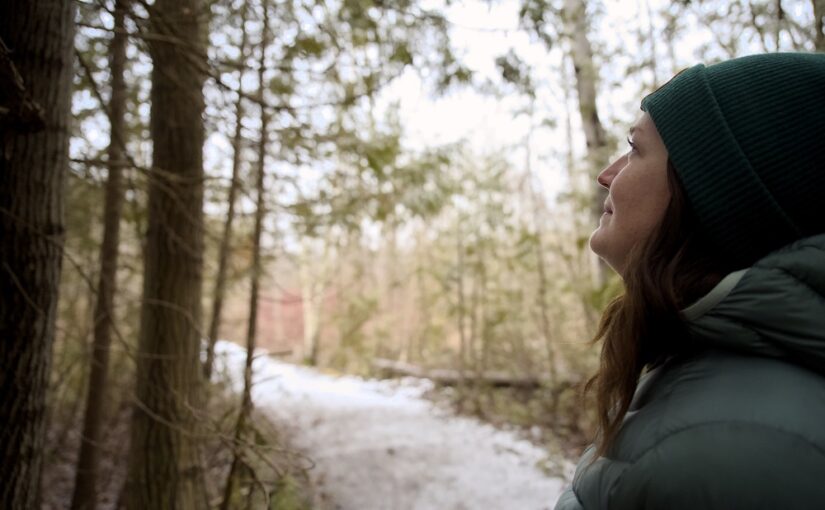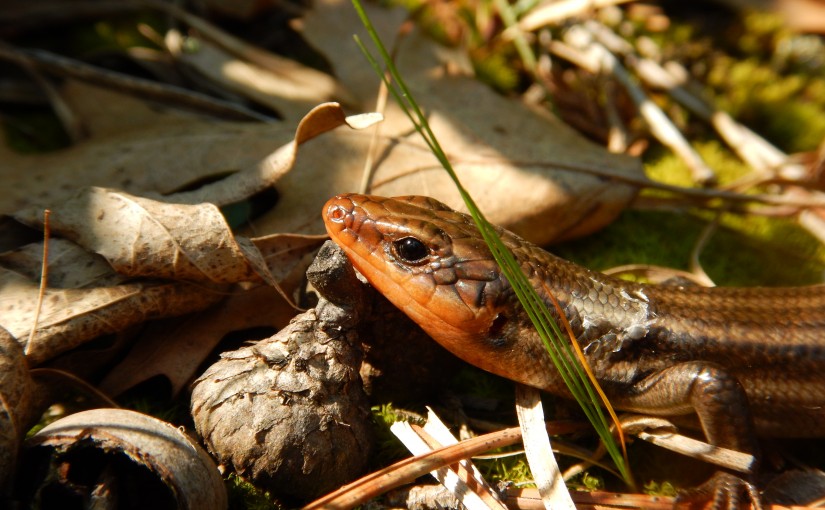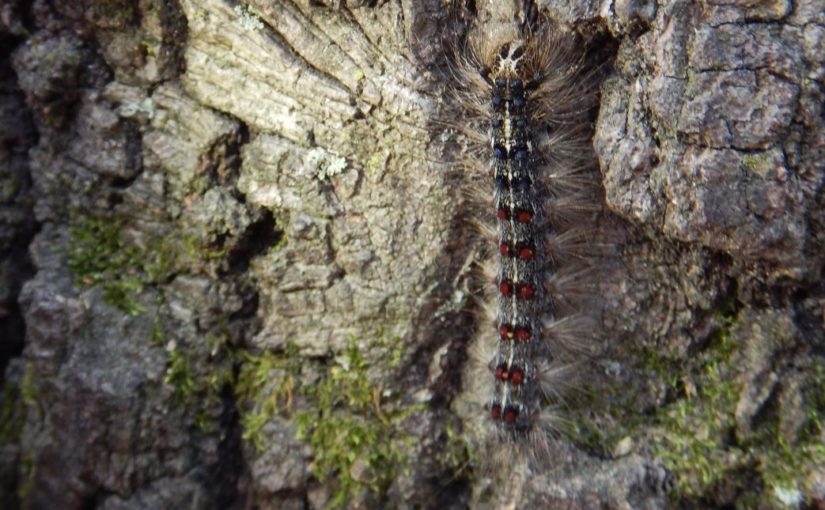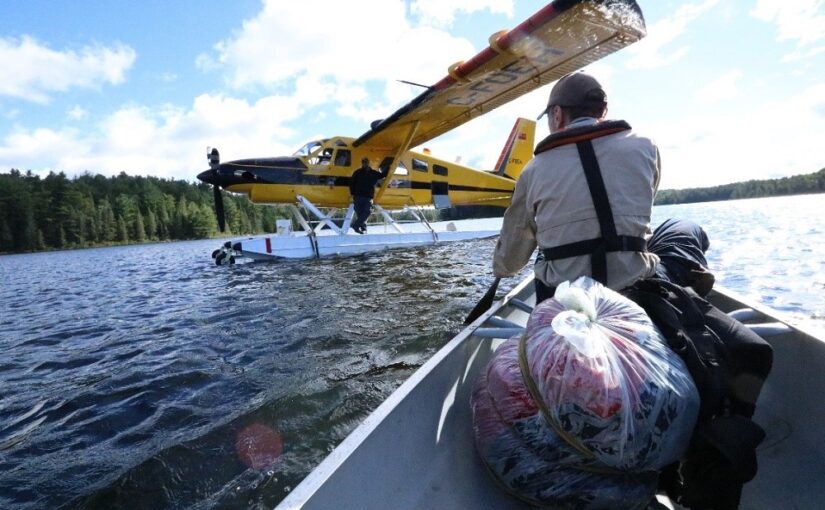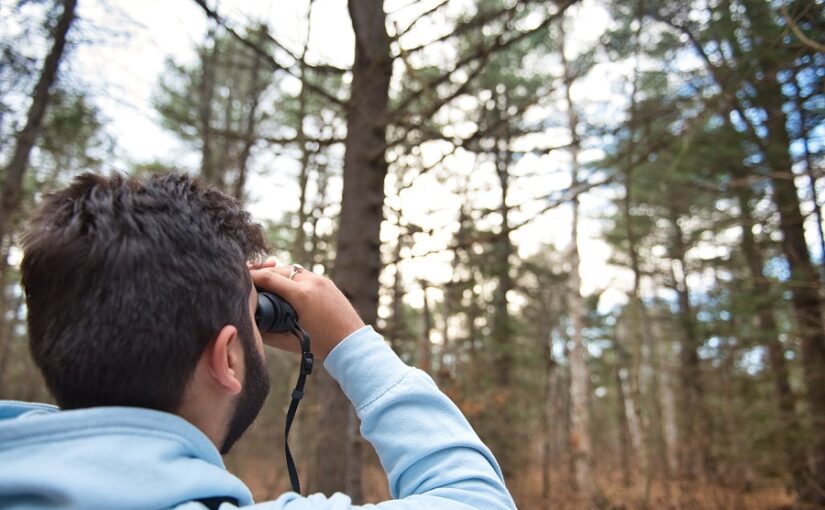Today’s post comes from Jake Guggenheimer, past Discovery staff at Neys Provincial Park.
Imagine you’re in a forest.
What do you hear?
The rustling of the trees in the wind. The birds chirping to each other. The flowing of a creek.
What do you see?
A flower starting to bloom. A chipmunk scurrying along the ground. The sun shining through scattered clouds.
If you imagined yourself in Neys Provincial Park, the animals and plants you pictured are some of the most interesting flora and fauna around.
That’s because Neys is a protected natural area with a high level of ecological integrity.
Continue reading Ecological integrity at Neys Provincial Park
